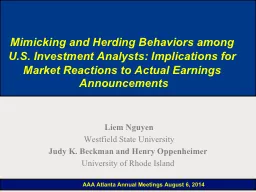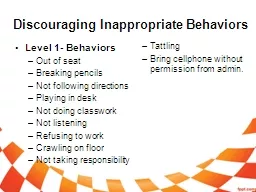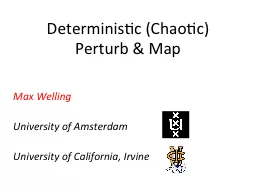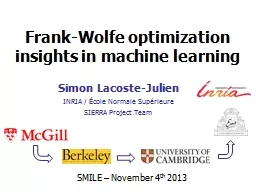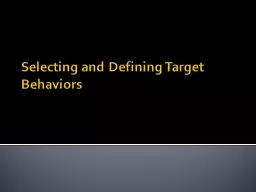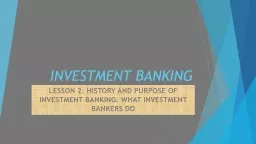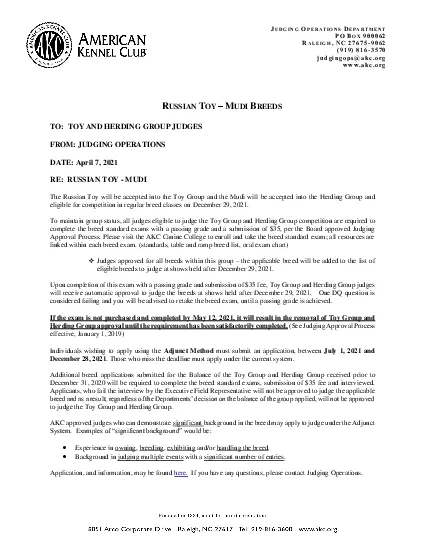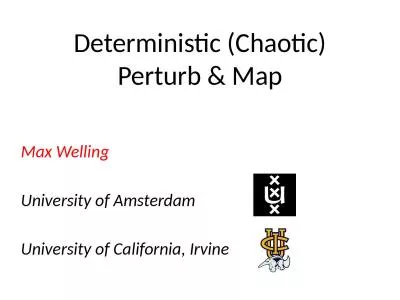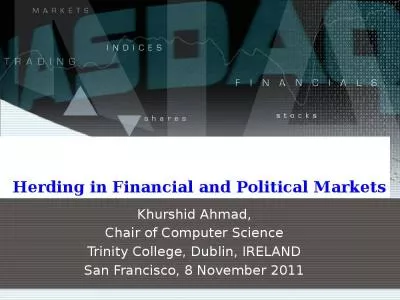PPT-Mimicking and Herding Behaviors among U.S. Investment Analy
Author : myesha-ticknor | Published Date : 2016-03-28
Liem Nguyen Westfield State University Judy K Beckman and Henry Oppenheimer University of Rhode Island AAA Atlanta Annual Meetings August 6 2014 Introduction
Presentation Embed Code
Download Presentation
Download Presentation The PPT/PDF document "Mimicking and Herding Behaviors among U...." is the property of its rightful owner. Permission is granted to download and print the materials on this website for personal, non-commercial use only, and to display it on your personal computer provided you do not modify the materials and that you retain all copyright notices contained in the materials. By downloading content from our website, you accept the terms of this agreement.
Mimicking and Herding Behaviors among U.S. Investment Analy: Transcript
Download Rules Of Document
"Mimicking and Herding Behaviors among U.S. Investment Analy"The content belongs to its owner. You may download and print it for personal use, without modification, and keep all copyright notices. By downloading, you agree to these terms.
Related Documents

